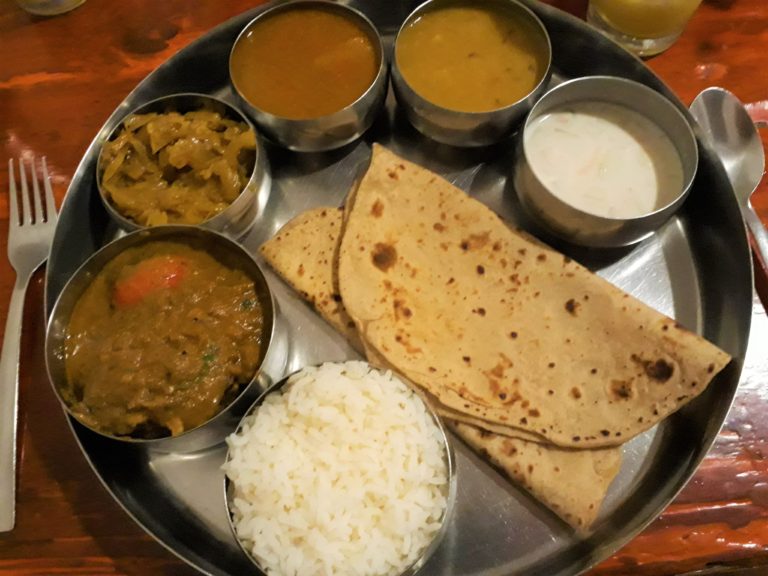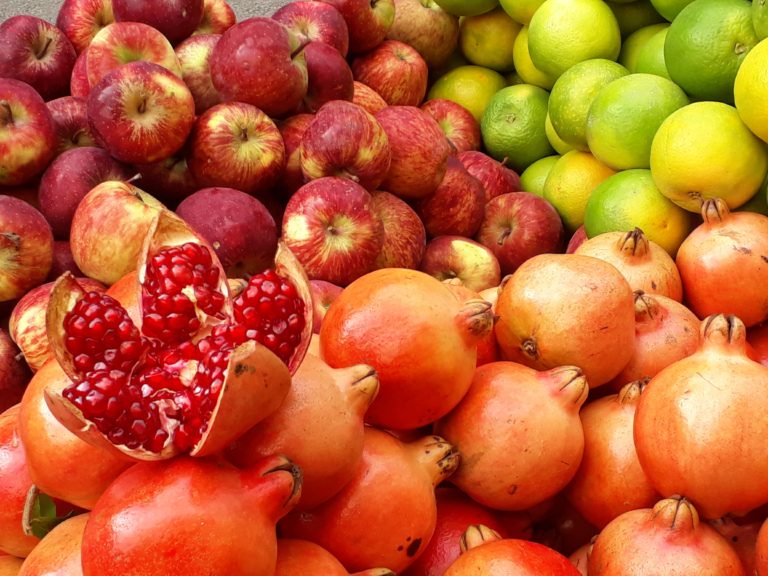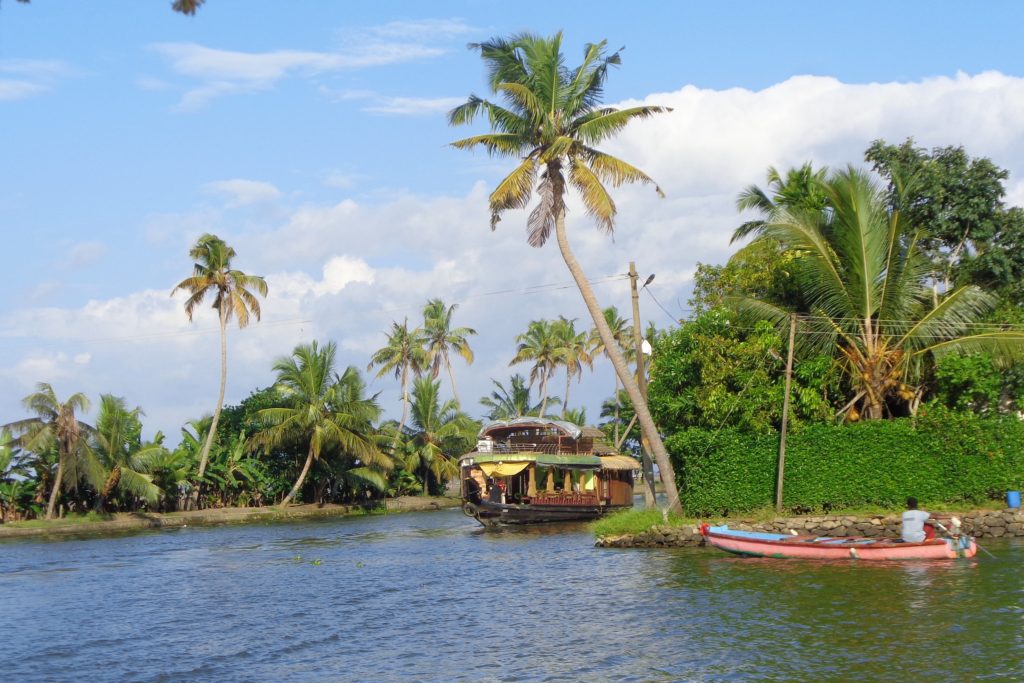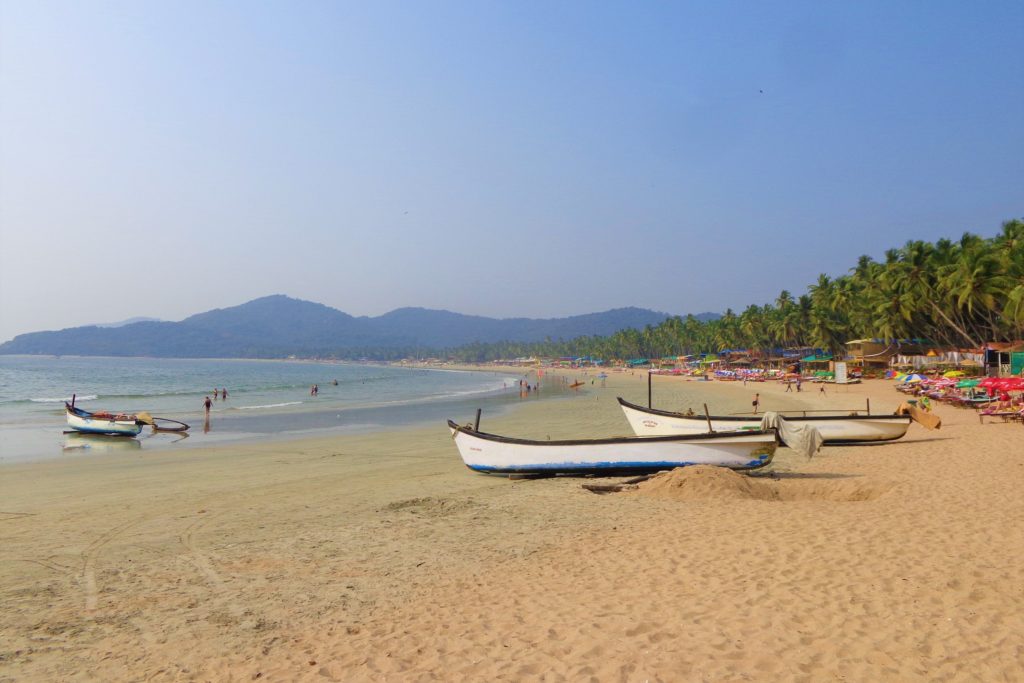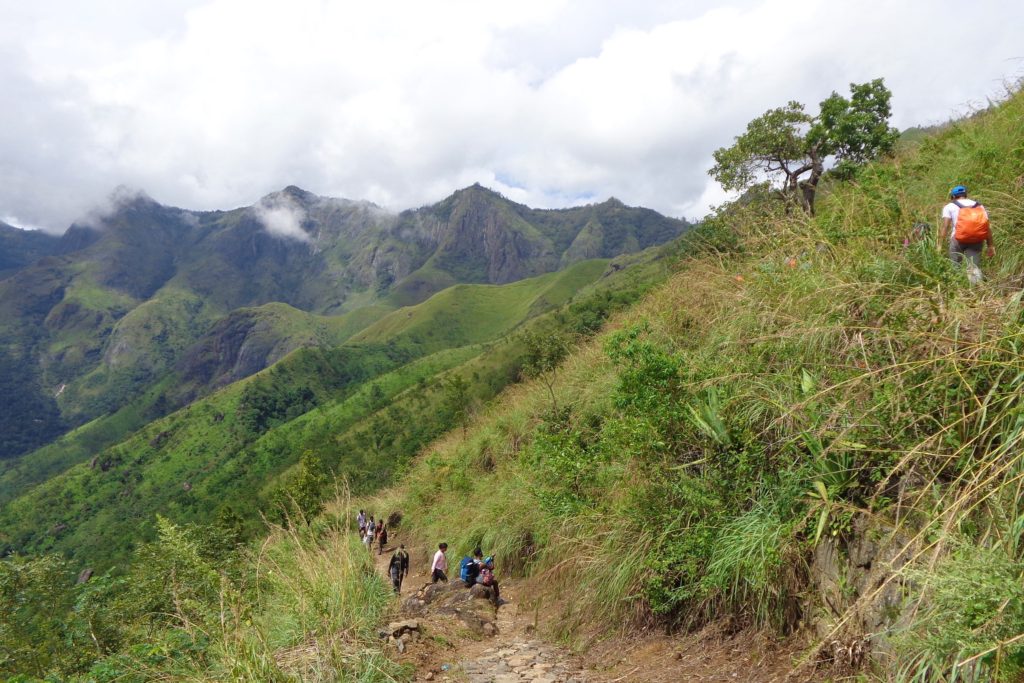When I talk with people about India, sooner or later the discussion turns to some of the challenges that the country is facing: poverty, environmental pollution, decaying infrastructure, and the lack of hygiene. Yes, those aspects are all part of India. However, during my six months in this South Asian country, I realized that there is so much more to it than these clichés. My experience made me think about the question, “Why do we focus so much on the negative aspects?” Is it because only these topics – topics that make lurid headlines and sensational stories – are worth reporting? Is it because it is easier to tell people what they already know, so it will fit the stereotypical view?
India – Diving into a Fascinating Culture
by Matthias Weltert

Excited school children (and teachers) asking me to join them for a picture (photo credits: Matthias Weltert/ETH Zurich)
To be honest, I did not know much about India except from what I had read or heard in the news. Even though the Swiss love to travel, not one of my close friends or relatives had been to India, so I had to do my own research. India surfaced onto my radar, when I came across an internship offered by swissnex India in Bangalore. The job description interested me and since I love to discover other countries and cultures, I was open for an experience abroad. I strongly believe that people grow the most – both professionally and personally – when they venture outside of their comfort zone.
I imagined India to be colourful and spoiled with sunshine. The delicious cuisine with all of its spices and the unique culture made the country seem a fascinating prospect. I also wanted to challenge myself a bit and I was curious about getting to know such a different environment. After talking to some people who had lived in or had visited Bangalore, I was confident enough to discover India for myself.
I imagined India to be colourful and spoiled with sunshine. The delicious cuisine with all of its spices and the unique culture made the country seem a fascinating prospect. I also wanted to challenge myself a bit and I was curious about getting to know such a different environment. After talking to some people who had lived in or had visited Bangalore, I was confident enough to discover India for myself.
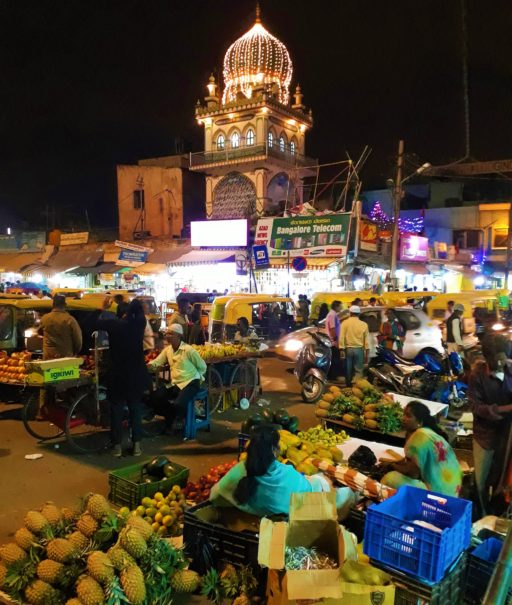
Feeling the energy at Commercial Street, one of Bangalore’s main shopping areas (photo credit: Matthias Weltert/ETH Zurich)
Bangalore proved to be very different from all of the places I had been before. In the beginning, it was overwhelming at times with its estimated 11 million people, but it was not just the size of the city. I had lived in Sydney, a metropolis with around 5 million inhabitants, but Bangalore was different. Apart from the crowds of people, India was culturally overwhelming at times – the sounds of honking car horns, rickshaws, motorbikes, the scent of exotic spices and tropical fruits, exhaust fumes, neon and colourful fairy lights strung across roads and in trees, giant billboards, and languages that I did not understand. While all of those impressions were fascinating, at times they were also tiring.
It was precisely the chaos, the smells, and lights - so different from my usual life that made this adventure so memorable. I remember how excited I was when I rode in a rickshaw for the first time. I admired the chaotic traffic flow, which somehow seemed to work well since I did not see many accidents. The colourful buses and trucks that were artistically painted and sometimes decorated with blinking lights captivated my attention. I was stunned to see cows wandering around in the middle of the city and thrilled to walk through the commercial area in the evening with all of its hustle and bustle. There was so much energy in Bangalore.
It was precisely the chaos, the smells, and lights - so different from my usual life that made this adventure so memorable. I remember how excited I was when I rode in a rickshaw for the first time. I admired the chaotic traffic flow, which somehow seemed to work well since I did not see many accidents. The colourful buses and trucks that were artistically painted and sometimes decorated with blinking lights captivated my attention. I was stunned to see cows wandering around in the middle of the city and thrilled to walk through the commercial area in the evening with all of its hustle and bustle. There was so much energy in Bangalore.

Colours and rhythms at Mysore Dasara procession, a Hindu festival (photo credits: Matthias Weltert/ETH Zurich)
If I had stayed in Switzerland, I would not have discovered that Indian cinemas play the national anthem before each movie screening. I would not have experienced what it feels like to look different from the majority of people around you. At times, I felt uncomfortable when I caught people staring at me a bit too long or when complete strangers would ask me to join them for a selfie. I learned that Indian food is not always spicy. I also discovered that eating with my hands is actually a lot of fun and that by eating with my hands, I would never burn my tongue again. In discovering India, I became aware that it is a diverse country with many different cultures, languages, foods, and landscapes.

Hampi, an ancient kingdom which was home to half a million people in the 16th century! (photo credits: Matthias Weltert/ETH Zurich)
On weekends and during holidays, I had the chance to explore South India. There were many highlights – from discovering the picturesque Kerala Backwaters on a house-boat to exploring Hampi - an ancient kingdom within massive clusters of rocks. I also hiked in Kerala’s Western Ghats mountain range up to the world’s highest tea plantations and relaxed at one of the perfectly shaped beaches in South Goa. India caters to many interests and preferences.
Overall, my time in India was an amazing experience! I would like to express my deepest thanks to all of the wonderful people that I met along the way – especially my flatmates who were always keen on discovering a new restaurant, bar, or café. I would like to thank my co-workers at swissnex India who assisted me and the other interns with advice and tips to make the transition as smooth as possible. Six months was not enough to explore everything this country has to offer and I am already excited to go back another time! Who knows, perhaps I might even get the chance to attend an Indian wedding.

About the author
Matthias Weltert completed his Bachelor’s and Master’s Degree in Food Science at ETH Zurich. From September 2017 to February 2018, he worked at swissnex India in Bangalore as a Junior Project Manager in Academic Relations.

